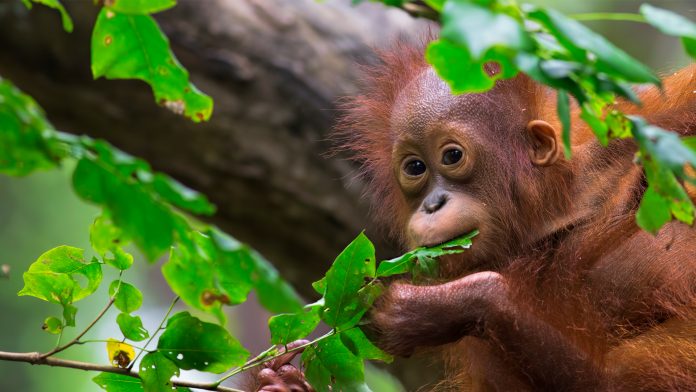A study by the University of Cambridge, UK, used hundreds of years of data to determine the scale of habitat loss in 2100.
In a paper, published in the journal Nature Communications, the team outlines its analysis of changes in the geographical range of 16,919 species from 1700 to the present day. The data were also used to predict future changes up to the year 2100 under 16 different climate and socio-economic scenarios.
Dr Robert Beyer in the University of Cambridge’s Department of Zoology, first author of the report, said: “The habitat size of almost all known birds, mammals and amphibians is shrinking, primarily because of land conversion by humans as we continue to expand our agricultural and urban areas.”
A diverse abundance of species underpin essential ecosystem functions from pest regulation to carbon storage. Some species are more heavily impacted than others. According to this study, 16% of species have lost over half their estimated natural historical range, a figure that could rise to 26% by the end of the century.
Species’ geographical ranges were found to have recently shrunk most significantly in tropical areas. Until around 50 years ago, most agricultural development was in Europe and North America. Since then, large areas of land have been converted for agriculture in the tropics: clearance of rainforest for oil palm plantations in South East Asia, and for pastureland in South America, for example.
Beyer added: “The tropics are biodiversity hotspots with lots of small-range species. If one hectare of tropical forest is converted to agricultural land, a lot more species lose larger proportions of their home than in places like Europe.
“Species in the Amazon have adapted to living in a tropical rainforest. If climate change causes this ecosystem to change, many of those species won’t be able to survive – or they will at least be pushed into smaller areas of remaining rainforest.”
The conversion of natural vegetation to agricultural and urban land and the transformation of suitable habitat caused by climate change are major causes of the decline in range sizes, and two of the most important threats to global terrestrial biodiversity.
Professor Andrea Manica in the University of Cambridge’s Department of Zoology, who led the study, said: “While our study quantifies the drastic consequences for species’ ranges if global land use and climate change are left unchecked, they also demonstrate the tremendous potential of timely and concerted policy action for halting – and indeed partially reversing – previous trends in global range contractions. It all depends on what we do next.”









